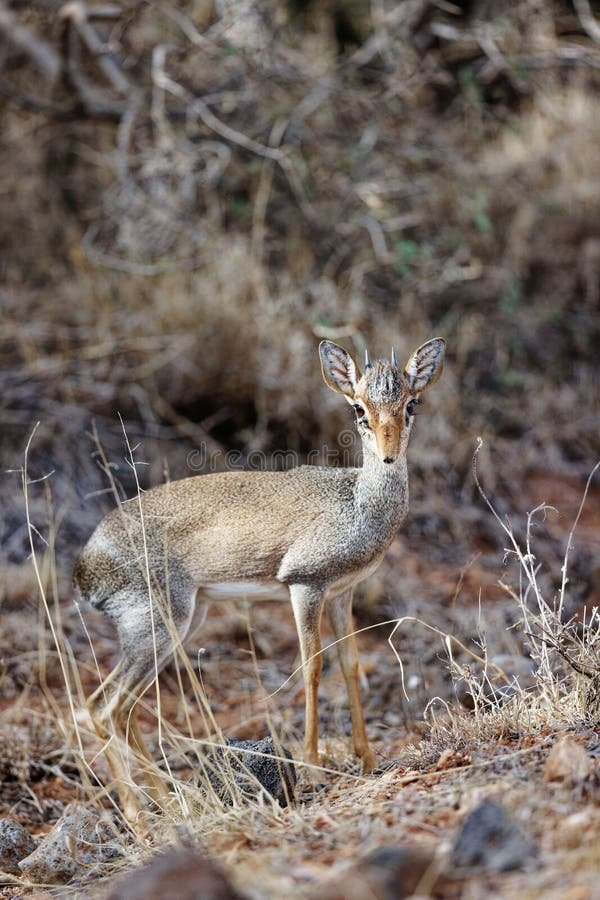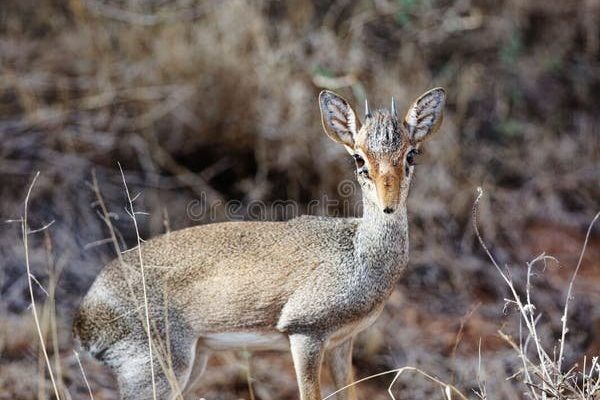
Dik-diks belong to the Madoqua genus and are known for their delicate bodies, big eyes, and unique horns. Their size and timid nature make them a favorite among wildlife watchers. But what you might not know is how they contribute to the health of their habitat. Let’s dive into the unique role they play in their ecosystem and why they matter more than you might think.
What is a Dik-Dik?
Before we unpack the ecological role of the dik-dik, let’s get to know this charming animal a bit better. There are several species of dik-dik, with the Kirk’s dik-dik and the Gerenuk being two of the most recognized. They’re native to the bushy regions of eastern and southern Africa, thriving in areas where shrubs and small trees provide both food and shelter.
Dik-diks are known for their keen senses—their large eyes allow for excellent night vision, helping them evade predators. They’re herbivores, which means their diet mainly consists of leaves, fruits, and shoots. Interestingly, they can go long periods without water, getting most of their hydration from the plants they consume. This adaptability allows them to survive in often-arid environments, making them a resilient species.
Herbivores: The Plant Eaters
Here’s the thing: as herbivores, dik-diks play an important role as grazers in their ecosystem. By feeding on leaves, fruits, and flowers, they help control plant growth, which in turn affects the habitat of many other species. Think of them as nature’s lawnmowers—keeping the vegetation trimmed and in check.
Moreover, their feeding habits allow for biodiversity. By preferentially consuming certain plants, dik-diks help create space for other species to thrive. This means that their presence promotes a variety of plant life, which is crucial for maintaining a balanced ecosystem. Without this grazing activity, certain plants could dominate the landscape, pushing out others and reducing overall biodiversity.
Prey for Predators
Another important aspect of the dik-dik’s role in its ecosystem is how they serve as prey for larger predators. For example, lions, leopards, and hyenas rely on the dik-dik as a food source. In this sense, dik-diks contribute to the food web in their habitat.
When we consider the balance of nature, we see that the health of predator species is often tied to the availability of prey. If dik-dik populations were to decline, it could affect the predators that rely on them for sustenance, knocking the entire system out of whack. It’s a classic case of “what goes around, comes around.”
Seed Dispersers
Did you know that dik-diks also act as seed dispersers? When they munch on fruits, they don’t digest all the seeds. When those seeds pass through their system and are later excreted, they end up planted in different areas of the savanna. This helps with the propagation of various plant species, further contributing to the diversity of their environment.
In simpler terms, think of dik-diks as nature’s gardeners. They help plants spread and grow, ensuring that the savanna remains lush and vibrant. This natural process supports other wildlife by providing food and habitats, making dik-diks even more valuable to their ecosystems.
Impact of Habitat Loss
Despite their importance, dik-diks face threats primarily from habitat loss due to agriculture and urban development. As humans encroach on their natural habitats, the delicate balance they help maintain can be disrupted.
When habitats shrink, dik-dik populations can decline, leading to fewer grazers and, consequently, an overgrowth of certain plant species. This not only impacts the dik-diks but also the entire community of plants and animals that rely on a healthy ecosystem for survival. It’s a ripple effect—if one piece is removed, the entire system suffers.
Conservation Efforts
Conserving dik-diks and their habitats is crucial for preserving biodiversity. Protected areas such as national parks and reserves play a significant role in ensuring that these little antelopes can thrive. Efforts to educate local communities about the ecological role of dik-diks can also lead to better conservation strategies.
Here’s the deal: when communities understand the value of dik-diks, they’re more likely to take steps to protect them. This might include implementing sustainable land-use practices or even creating wildlife corridors to connect fragmented habitats.
Final Thoughts: A Small Creature with a Big Impact
In the grand tapestry of the African savanna, dik-diks may be small, but their contributions are substantial. They’re not just cute little antelopes; they are integral to maintaining the balance of their ecosystems. From grazing to seed dispersal, their actions support a wide range of plant and animal life.
So, the next time you hear about dik-diks, remember that these tiny creatures have a big story to tell. They teach us that every species has its role to play, no matter how small. By protecting them and their habitats, we’re also safeguarding the future of the ecosystems they help sustain.

